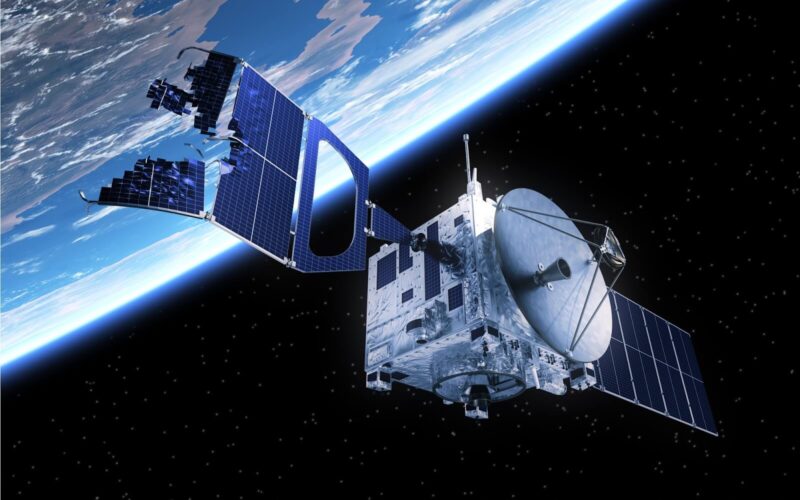Nations around the world rely on the proper functioning of multiple satellites currently orbiting the Earth. But these vital machines need to be maintained, whether there has been a parts failure, fuel exhaustion, or even an attack.
While the Earth’s gravity does most of the work, satellites still require fuel to keep their orbits precise using their low thrust but high precision engines. This means that their lifespan is mostly determined by the fuel they carry when launched into the atmosphere.
Another problem, albeit rare, is the malfunction of a critical component. Not only is a lost satellite a serious loss of money, it can also become a liability for other spacecraft in its trajectory.
As such, lost satellites are usually deorbited to burn up as they fly through the atmosphere or sent to a ‘graveyard orbit’, far enough from Earth so they can’t endanger active satellites.
Space agencies and private companies are constantly working to reduce the price of putting an asset in orbit. But refueling and repairing existing satellites appears to be both cheaper and more sustainable than launching a new one, especially with space junk becoming a legitimate concern.
First experiments
The first orbiting satellite to be repaired in space was the Solar Maximum Mission, a NASA satellite launched to observe solar flares. In November 1980, months after it was launched, one of the satellite’s fuses failed. For four years, it remained on standby, until the Space Shuttle eventually rendezvoused with it. After failing to carry out work in space, the SMM was pulled into the shuttle’s bay where astronauts carried out maintenance work that added five more years to its service life.
But if solar flares can wait, four years is a long time for services such as geolocalisation or telecommunications. Thus, for several years, civil and public entities have been increasingly interested in rapid and autonomous solutions making it possible to repair and prolong the life of space assets.
On March 7, 2007, the United States Defense Advanced Research Projects Agency (DARPA) launched two satellites as part of the Orbital Express space mission. NEXSat, one of the two spacecraft, was a prototype of a modular and serviceable satellite created by Ball Aerospace. The second, ASTRO, was a prototype of a maintenance and repair satellite built by Boeing.
The objective of the two devices was to demonstrate “a safe and cost-effective approach to autonomously service satellites in orbit”. For that, they carried out several tests, including the automatic docking of one satellite to another, the transfer of fuel between them, and the replacement of components while in orbit. Outside of two instances where ground control had to take over guidance, DARPA considers that the mission was a success.
But it took 13 more years for the first commercial satellite repair mission to take place.
Commercial applications…and more?
In April 2016, Northrop Grumman Innovation Systems (formerly Orbital ATK) was contracted by the telecommunications satellite operator Intelsat to extend the life of IS-901, which was about to run out of fuel.
After being set to a graveyard orbit by ground controllers, IS-901 was met by its savior on February 25, 2020. Mission Extension Vehicle 1 (MEV-1), a 2,300 kg space tug, docked at the nozzle of the satellite’s engine, taking over the propulsion and attitude control (the orientation) of its host. Now back in the service orbit, the two satellites will remain attached until the retirement of IS-901, in 2025. After that, MEV-1 will move on to save another satellite from impending doom.
In 2021, the process was repeated on another Intelsat satellite, IS 10-02. This time, however, MEV-2 docked with its host while it was still in service, a world’s first.
The demonstration was interesting enough for DARPA to partner with Northrop Grumman and launch the Robotic Servicing of Geosynchronous Satellites (RSGS) program. As part of the agreement, the agency and the company will create a new satellite, using a payload developed by the US Naval Research Laboratory that includes two robotic manipulator arms and an array of sensors, and the bus (or platform) developed by Northrop Grumman for the MEV.
As the increasing threat of space militarization worries major world powers, an asset like the MEV and the upcoming RSGS could be used to repair a satellite damaged by a foreign aggressor. Moreover, it’s conceivable that the technology may be diverted and used in an aggressive manner. It’s possible to imagine a space tug docking with an enemy satellite to push it away from Earth or send it burning into the atmosphere.

